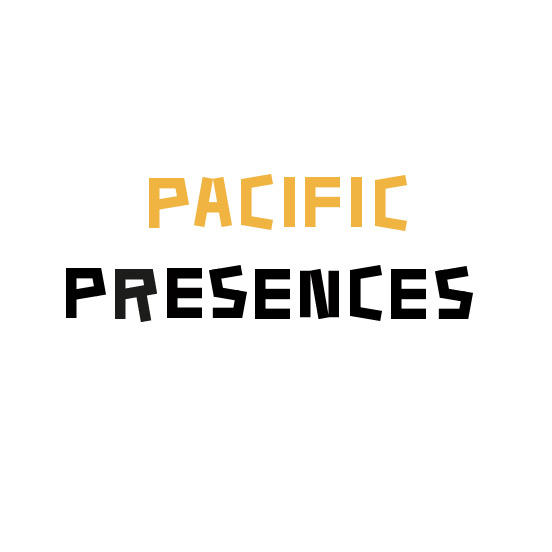September 2017. In this blog entry, Erna Lilje presents the cross-disciplinary approach of the project Pacific Presences. She describes how in this project ethnographic museums re-imagine what they do and for whom.
Pacific Presences: Current research into Oceanic art and European museums
Dr Erna Lilje, Research Associate
For some decades, museums have had to reflect upon and re-imagine what they do and for whom. Museums that hold ethnographic collections have become sites of acute re-appraisal as these collections carry an historical freight. The project “Pacific Presences: Oceanic Art and European Museums” (2013 - 2018) approaches such collections as complex, relational assemblages. It seeks to advance understanding of the cross-cultural histories implicit in their formation, and study current museum policies and practices in Europe.
Led by the museum’s director, Professor Nicholas Thomas, the project is based at the Museum of Archaeology and Anthropology (MAA), University of Cambridge. He and a team of researchers employ cross-disciplinary methods to investigate Pacific materials held in German, Dutch, French, Russian and United Kingdom museums. To date, project members have pursued research on and in areas such as Kiribati, Solomon Islands, Marquesas Islands, Papua New Guinea, New Caledonia, Norfolk Island and New Zealand. Associated with the project are a network of collaborators including Pacific Island elders and community members, contemporary artists and senior scholars.
The cross-disciplinary approach has meant that, in addition to standard scholarly work, some engagements have led to creative outcomes. For example, the collaboration between Dr Alison Clark, conservator Rachel Howie and New Zealand based artists Kaetaeta Watson, Chris Charteris and Lizzie Leckie, has resulted, not only to a greater understanding of Kiribati armour, such as permutations of form and how they were made, but to the creation of a new suit. This is significant because it is the first to be created in many decades even though the image of armour continues to be a signifier of Ikiribati identity today. The artists researched the weaving and knotting techniques used in the construction of these artefacts by examining historic examples held in New Zealand museums. They have named the new suit Kautan Rabakau, which in Kiribati means awakening the knowledge. The new suit consists of overalls and sleeves, a cuirass and helmet and has been acquired by the MAA.
One of the pleasures of being a part of Pacific Presences has been to help facilitate the visits of scholars, artists and Pacific Islanders (not mutually exclusive categories!) to the MAA and other European museums. Dr Lucie Carreau organised Pauline Reynolds’ visit to the MAA and other museums in England, Scotland and Germany. Pauline is a Norfolk Islander and a focus of her work has been the women of the HMS Bounty, of whom she is a descendant, through their material culture. The HMS Bounty departed Tahiti in September 1789 with Christian Fletcher, eight other mutineers, nineteen Tahitian women, a girl and six men.
Of particular interest during her visit were tiputa, often described as a poncho-like garment made of bark-cloth. This garment was in use in Tahiti at the time of the Bounty’s departure and the women of the Bounty made and used them when they settled in their new homes. Like the artists mentioned above, Pauline researches the variety of styles and techniques used in their construction by examining the examples held in museum collections. She will use what she has learned to recreate a tiputa to further develop her understanding of how they look, feel and effect movement.
Pauline Reynolds’ findings, and an article about the Kiribati armour, will be amongst those included in a substantial edited volume by Pacific Presences, due for publication in 2018. Works by some of the other artists that have been involved with the project will be amongst those included in the exhibition “Oceania”, to be held at the Royal Academy of Arts, London, also in late 2018.
The research leading to these results has received funding from the European Research Council under the European Union's Seventh Framework Programme (FP7/2007-2013) / ERC grant agreement n° [324146]11.
Image 1: Cuirass & helmet of Kautan Rakakau by Kaetaeta Watson, Lizzie Leckie and Chris Charteris 2016 (MAA 2017.14.1-3, 2017.15). Modelled by Isabella Levet. Photograph by Lizzie Leckie
Image 2: Pauline Reynolds examining tiputa at The Museum Five Continents in Munich, Germany in 2017.
Photograph by Erna Lilje
